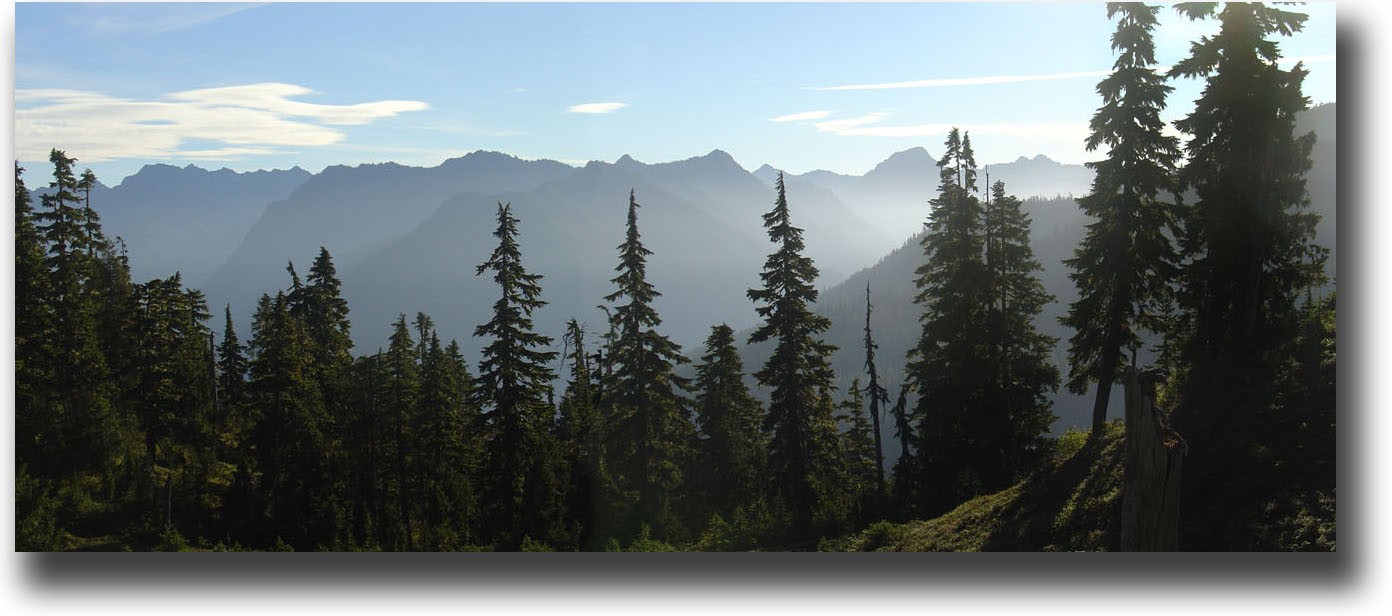With the creation of a small market for carbon credits in Washington’s new CO2 cap-and-trade system, the Washington State Department of Natural Resources is asking the legislature to change the law to allow the agency to participate in that market. There may be opportunities for DNR to earn additional revenue from the sales of carbon credits, but some of the arguments in favor of the proposed legislation wouldn’t reduce CO2 emissions and contradict the standards required for effective carbon credits.
The representative from the League of Women Voters, for example, argued that old growth forests in Washington are extremely “carbon dense,” allegedly keeping CO2 out of the atmosphere. That stored carbon, LWV implies, could be sold on carbon markets. But that is not correct.
A key requirement of carbon credits is that they generate “additional” reduction in CO2 emissions. Carbon credits must demonstrate that the CO2 would not have been captured or prevented under existing laws or the existing management approach. Green-e, which certifies carbon credits, notes, “that project-based GHG reductions may only be quantified if the project or project activity ‘would not have happened anyway,’ i.e. that the project or project activity (or the same technologies or practices it employs) would not have been implemented in the baseline or status quo scenario and/or that project activity emissions are lower than baseline emissions.”
The Washington State Department of Natural Resources (DNR) recognizes that this is a constraint. In their “Carbon Playbook,” DNR staff note, “DNR is committed to establishing carbon projects that result in real and additional carbon capture and storage.” Existing old growth does not meet this requirement.
 The Washington State Department of Natural Resources does not harvest old growth, as directed in the state’s Trust Lands Habitat Conservation Plan. Since those forests are already precluded from harvest, they would not be eligible to sell as carbon credits. Contrary to the claim of the LWV representative, carbon credits in Washington would have nothing to do with monetizing existing old growth. Ironically, while there is carbon stored in existing old growth, those forests are probably deteriorating meaning they are actually net CO2 emitters.
The Washington State Department of Natural Resources does not harvest old growth, as directed in the state’s Trust Lands Habitat Conservation Plan. Since those forests are already precluded from harvest, they would not be eligible to sell as carbon credits. Contrary to the claim of the LWV representative, carbon credits in Washington would have nothing to do with monetizing existing old growth. Ironically, while there is carbon stored in existing old growth, those forests are probably deteriorating meaning they are actually net CO2 emitters.
The only way old growth could be sold for carbon credits would be to take existing working forestland and prevent it from ever being harvested. Despite the comments from the LWV in the hearing about the need to preserve working forests, many suspect (including me), the carbon sequestration bill is intended to stop timber harvests. Preventing harvests and then selling carbon credits would offset only a small portion of the revenue lost, but some advocates seem to hope that a small amount of revenue could entice the Board of Natural Resources, which oversees management of state trust lands, to reduce harvesting.
Furthermore, on a global scale it is unlikely that reducing or stopping timber harvests in Washington state would reduce atmospheric CO2. As the DNR staff note in the Carbon Playbook, there is the “potential for decreased timber harvest volume in Washington to lead to increased harvesting in other states or regions with fewer environmental protections.” Preventing harvest in Washington state may simply increase harvests elsewhere, meaning the net climate impact would be zero or negative.
There may be reasons to allow DNR to sell carbon credits. Furthermore, the state's law on CO2 credits is needlessly restrictive, driving up the cost of reducing the state's CO2 emissions. But the testimony of the League of Women Voters demonstrates that a frustrating amount of the discussion about these issues is either uninformed or camouflages other goals.




